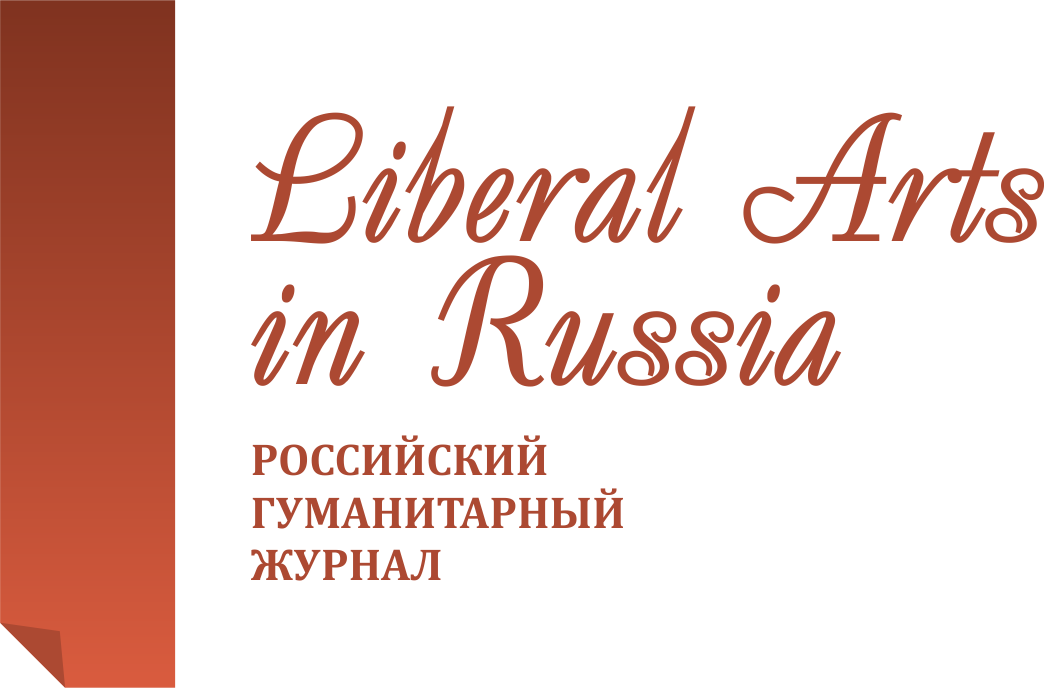The phenomenon of the time and its dimensions in the Chr. Ransmayr’s novel “Cox oder Der Lauf der Zeit”
Liberal Arts in Russia. 2023. Vol. 12. No. 3. Pp. 151-156.
Get the full text (Русский) Email: gal-kuchumova@mail.ruAbstract
The phenomenon of the time, different models of the time are examined in the article. They are presented in the Christoph Ransmayr’s novel “Cox oder Der Lauf der Zeit” (2016) in the author’s reflection on the great Cartesian model of the Universe as a clock mechanism. In the center of the narrative is the historical figure of the English watchmaker Alister Cox. After the death of his daughter a famous watchmaker receives an order from the Chinese emperor to make an eternity watch. Together with his colleagues, he makes an exciting journey to the eastern empire, which is compared to an immaculately functioning mechanism. In the novel the clockwork mechanisms, for all their extraordinary complexity and dissimilarity from each other, differ only in the positions of the observer, a person who reads his life time from them, often not coinciding with the objective course of the clock. These models implement a subjective approach to understanding time, which exists in the human mind in three forms: memory, contemplation and expectation. Subjective sensory interpretation of time prevails over all other ways of interacting with time. The idea of the (non)measurability of time is revealed in the dialogue of two archetypal figures: a master watchmaker and a watch collector. These novel characters convey the cosmo-creative mindset of a person who comprehends his greatness in the manufacture of watch mechanisms, and the greatness of a person who collects time in a watch.
Keywords
- • phenomenon of time
- • time models
- • time measurement
- • clockwork
- • Austrian literature
- • Christoph Ransmayr
References
- Deleuz G. Spinoza i problema vyrazheniya [Spinoza and the problem of expression]. Moscow: Institut obshchegumanitarnykh issledovanii, 2014.
- Virilio P. Informatsionnaya bomba. Strategiya obmana [The information bomb. Strategy of deception]. Moscow: Gnozis, 2002.
- Baudrillard J. Simvolicheskii obmen i smert' [Symbolic exchange and death]. Moscow: Dobrosvet, 2000.
- Ransmayr C. Cox oder Der Lauf der Zeit. Frankfurt am Main: Fischer Verlag, 2016.
- Ransmair K. Inostrannaya literatura. 2020. No. 1.
- Debord G. Obshchestvo spektaklya [Society of the spectacle]. Moscow: Logos, 2000. Pp. 7-114.
- Richter J. P. Menschen sind Maschinen der Engel. URL: http://www.salmoxisbote.de/Bote01/Paul.htm.
- Shevchenko V. Skenosofiya. Poetika mekhanizma. Topos. 26/08/2013. URL: https://www.topos.ru/article/ontologicheskie-progulki/skenosofiya-poetika-mehanizma.
- Kuchumova G. V. Izvestiya Samarskogo nauchnogo tsentra RAN. 2009. Vol. 11. No. 4 (30). Pp. 216-225.
- Heidegger M. Bytie i vremya [Being and time]. Moscow: Ad Marginem, 1997.
